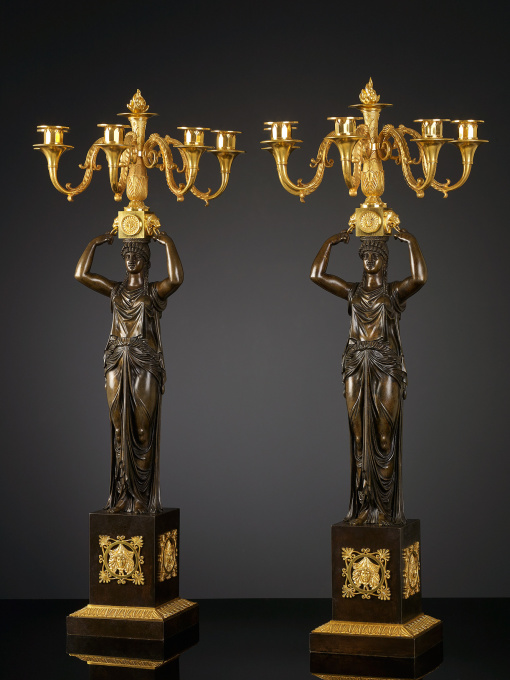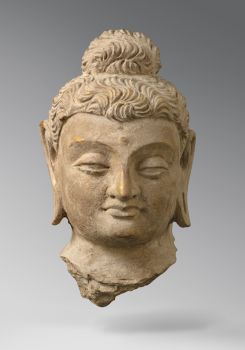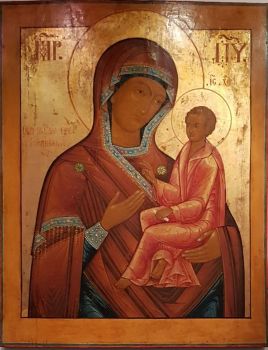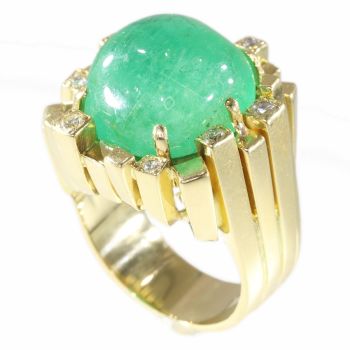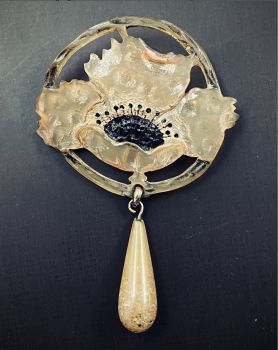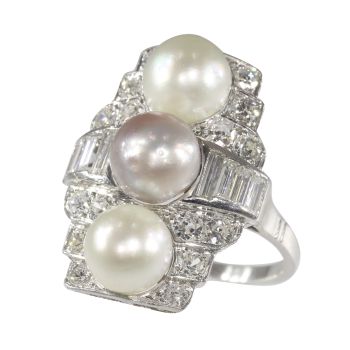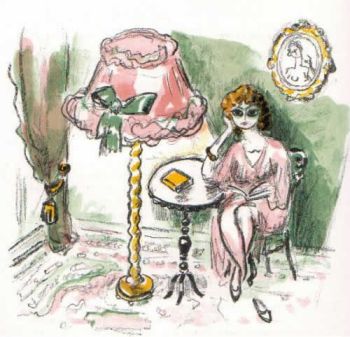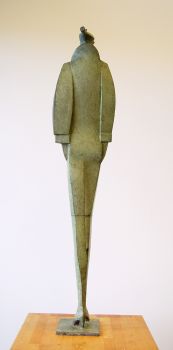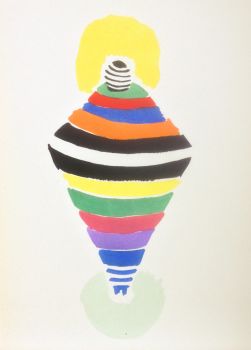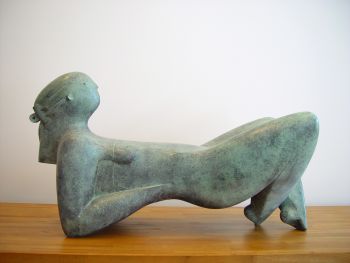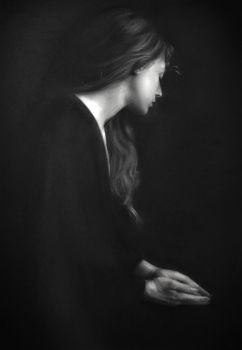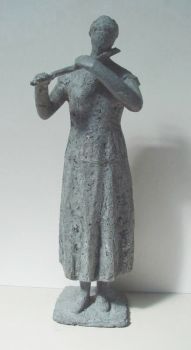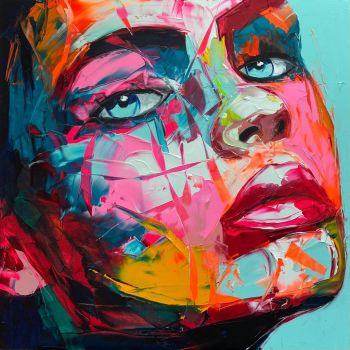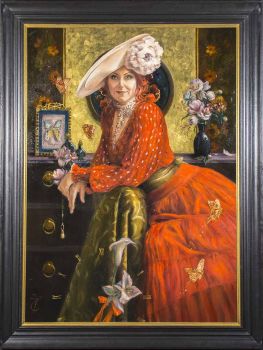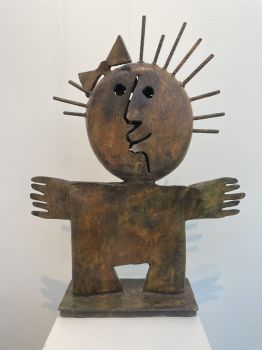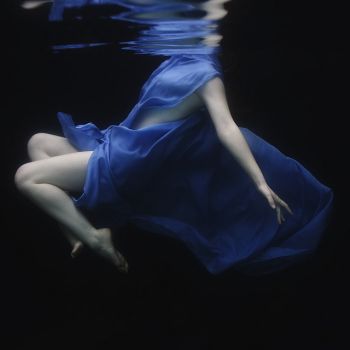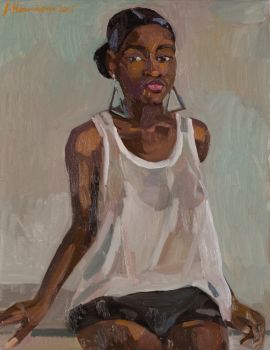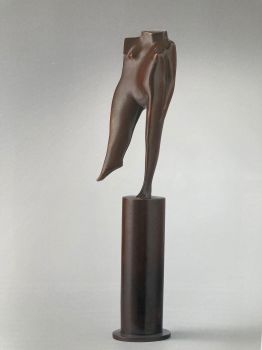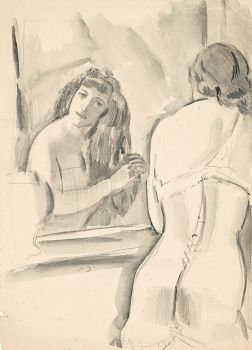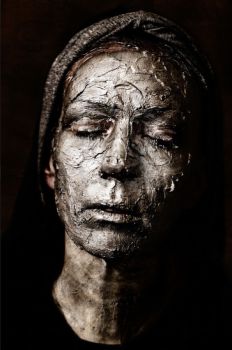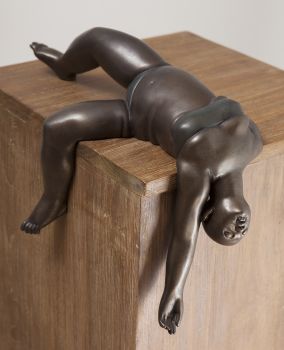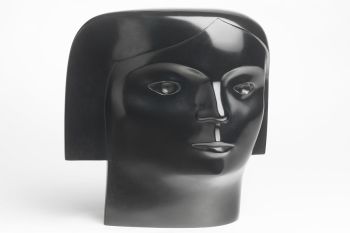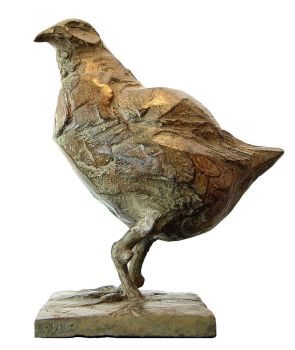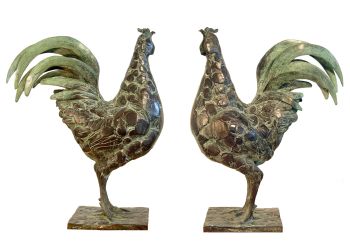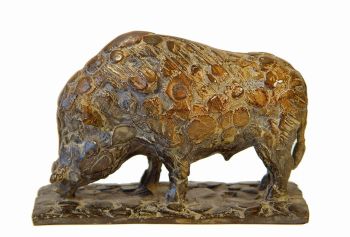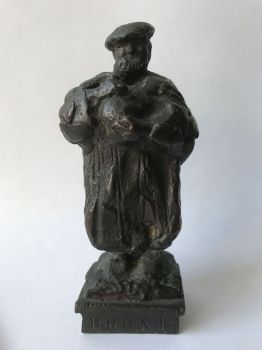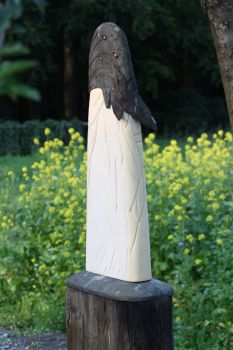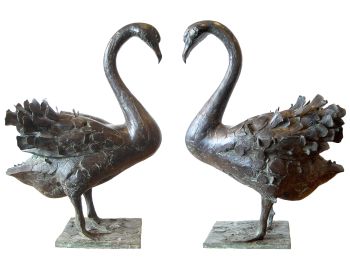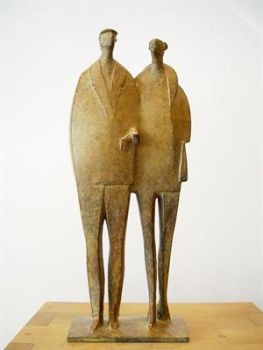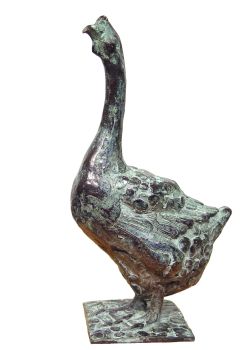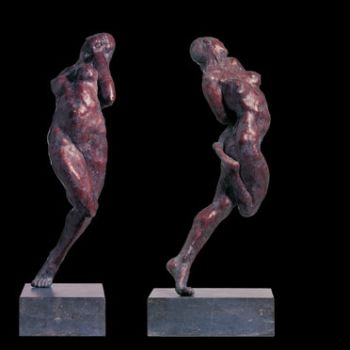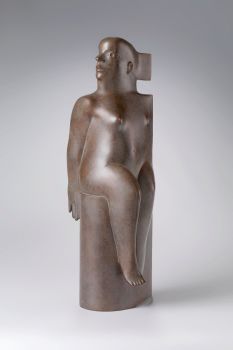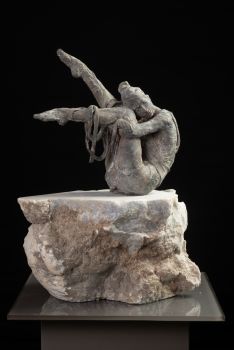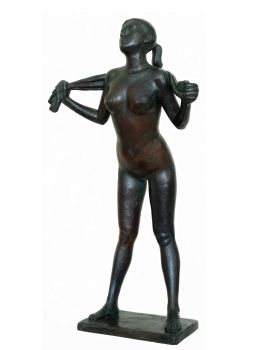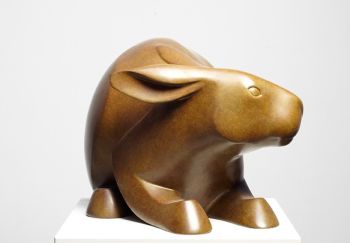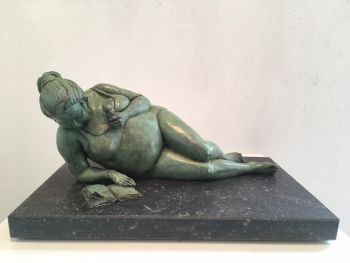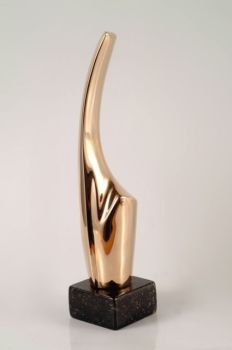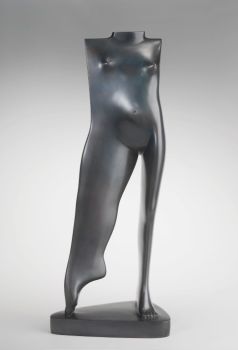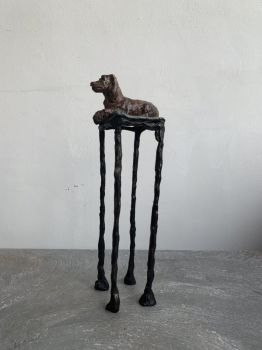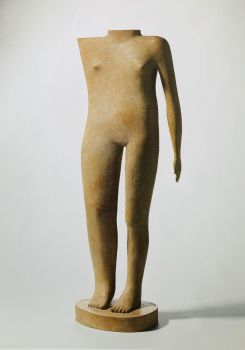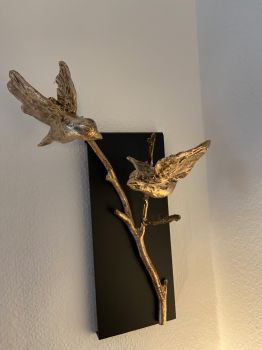Pair of Empire Candelabra 1810
Artista Sconosciuto
BronzoMetallo
70 ⨯ 30 ⨯ 18 cm
Attualmente non disponibile tramite Gallerease
- A proposito di opere d'arteA pair of Empire candelabra with five lights. On a pedestal with a broad plinth stands a woman dressed as a classic Greek priestess. On her head she carries a flaming brazier. From the middle of the baluster-shaped brazier five arms with candleholders fan out. The first part of the arms is decorated with acanthus. The upward curving part ends in a trumpet-shaped drip tray with a straight candleholder and a plain bobeche. The cubical base of the brazier is decorated with a rosette at the front and two lion’s heads holding a ring in its beak at the sides. The women hold their index fingers to these rings.
The simple patinated pedestals with a broad plinth are decorated with a sloping edge with leaf motifs. On the sides of the pedestal simple round cartouches with gilt bronze portraits in relief. The cartouches are edged with a decoration of stylized leaf motifs connected with S-volutes.
The pure French Empire style, originates from Paris, following the admiration of Napoléon Bonaparte for the ancient Egyptian culture. Many elements of the Empire style are inspired on ancient Egyptian culture or Roman architecture. The style is kin to the classicist Louis XVI style but is characterized by the abundant use of martial references, sphinxes and palmettes. - A proposito di opere artista
Può succedere che un artista o un creatore sia sconosciuto.
Alcune opere non sono determinate da chi sono state realizzate o sono state realizzate da (un gruppo di) artigiani. Esempi sono statue dell'antichità, mobili, specchi o firme non chiare o leggibili ma anche alcune opere non sono affatto firmate.
Inoltre puoi trovare la seguente descrizione:
•"Attribuito a …." A loro avviso probabilmente opera dell'artista, almeno in parte
•“Studio di ….” o “Officina di” A loro avviso un'opera eseguita nello studio o nella bottega dell'artista, eventualmente sotto la sua supervisione
•“Cerchio di…” A loro avviso un'opera del periodo dell'artista che mostra la sua influenza, strettamente legata all'artista ma non necessariamente al suo allievo
•"Stile di..." o "Seguace di..." A loro avviso un'opera eseguita nello stile dell'artista ma non necessariamente da un allievo; può essere contemporaneo o quasi contemporaneo
•“Modalità di…” A loro avviso un'opera nello stile dell'artista ma di epoca successiva
•"Dopo …." A loro avviso una copia (di qualsiasi data) di un'opera dell'artista
•“Firmato…”, “Datato…” o “Iscritto” A loro avviso l'opera è stata firmata/datata/inscritta dall'artista. L'aggiunta di un punto interrogativo indica un elemento di dubbio
•"Con firma....", "Con data...", "Con iscrizione..." o “Riporta firma/data/iscrizione” a loro avviso la firma/data/iscrizione è stata aggiunta da qualcuno diverso dall'artista
Artwork details
Related artworks
- 1 - 4 / 12
Artista Sconosciuto
Set of eight gouache drawings1799 - 1801
Prezzo su richiestaRobert Schreuder Antiquair
Artista Sconosciuto
Braccialetto di diamanti del XVIII secolo con intagli di 2000 anni1790
€ 23.000Adin Fine Antique Jewellery
 A cura di
A cura diDanny Bree
Artista Sconosciuto
Set Franse Empire Pendules / Empire Lectura penduleearly 19th
Prezzo su richiestaKuipers Kunst & Antiek
1 - 4 / 15Artista Sconosciuto
The Stamford Raffles Secretaires.1800 - 1813
Prezzo su richiestaZebregs & Röell - Fine Art - Antiques
Artista Sconosciuto
UN NETSUKE IN AVORIO DI UN OLANDESE CHE TIENE UN GALLETTO18th century
Prezzo su richiestaZebregs & Röell - Fine Art - Antiques
1 - 4 / 24- 1 - 4 / 24
- 1 - 4 / 24

